Trichoderma Research and Development
Contents: Preface. 1. Introduction. 2. Occurrence and distribution. 3. Diversity of fungus. 4. Phylogeny. 5. Isolation, purification, preservation and maintenance of fungus. 6. Growth and morphogenesis of fungus. 7. Identification of fungus by morphological attributes. 8. Identification of fungus by molecular attributes. 9. Taxonomy and genetics. 10. Ecology. 11. Mechanism of induced resistant against pathogens. 12. Modes of action. 13. Competition for nutrients or space. 14. Mass production of fungus. 15. Use of Trichoderma in agriculture, health and industry. 16. Role of Trichoderma in controlling plant-parasitic nematodes. 17. Bioremediation. Bibliography. Subject index. Authors index.
Nowadays, pests, diseases and chemical pollution in the agriculture field are today’s serious threat affecting crop productivity and soil health. The microorganisms reported have shown a significant effect on soil health and crop performance. Plant parasitic nematodes represent a major threat to the agricultural production of different crops worldwide. Due to the high toxicity of chemical nematicides, it is necessary to develop new control strategies against nematodes. In this respect Filamentous fungi can ben an interesting biocontrol agent and are able to reduce the damage caused by plant parasitic nematodes directly by parasitism, antibiosis paralysis and by production of lytic enzymes. However, the use of Trichoderma sp. in the crop field is reported to have a significant effect on yield and maintaining soil micro floral population. Trichoderma is a genus of fungus belongs to family Hypocreaceae and comprises more than 100 species. The use of Trichoderma tends to be beneficial as it is reported to reduce fertilizer dose, pesticide ration in the crop field and enhances yield. Bioremediation and phytoremediation in association with microbes are innovative technologies having the potential to alleviate various soil pollution problems. It is widely used as a bio-fertilizer for almost all crops with or without amendments. However, a positive response was recorded from crops like groundnut, cotton, wheat, tobacco, Bengal gram, brinjal, sugarcane, eggplant, red gram, banana, tomato, sugarbeet, chilies, potato, soybean, citrus, cauliflower, onion, peas, tomato and sunflower. Its antagonistic feature with plant pathogenic micro-organisms makes it more reliable for use in the agriculture field. It is a good fungus for use in INM approach along with organic amendment and judicious use of nematicide for controlling plant parasitic nematodes.
Get it now and save 10%
BECOME A MEMBER

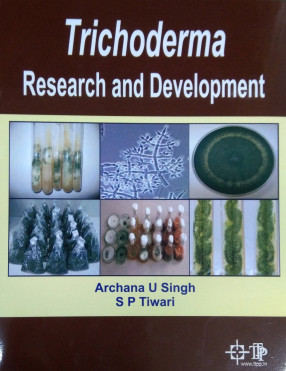
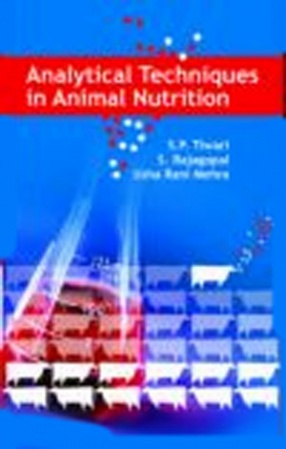
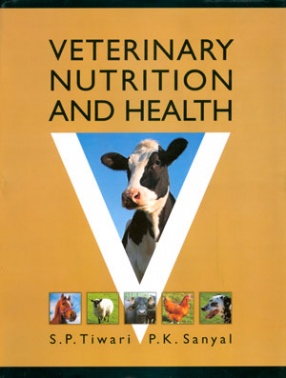
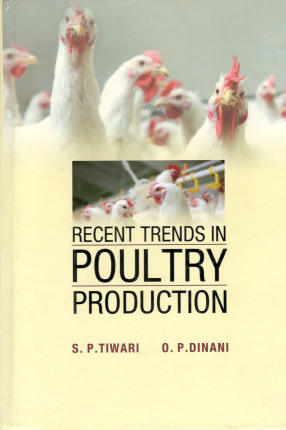
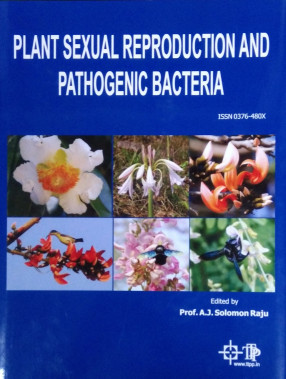
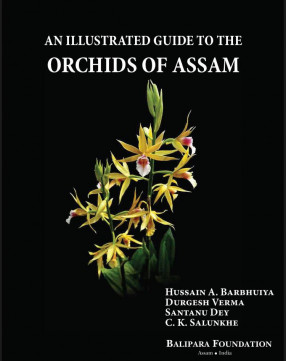
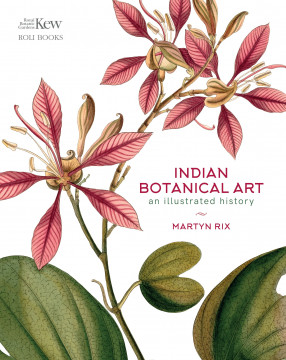
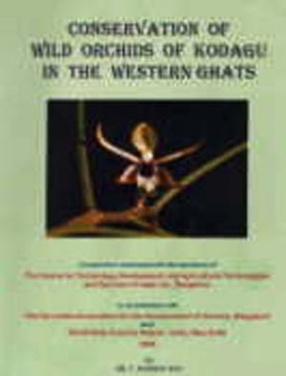

Bibliographic information
S P Tiwari